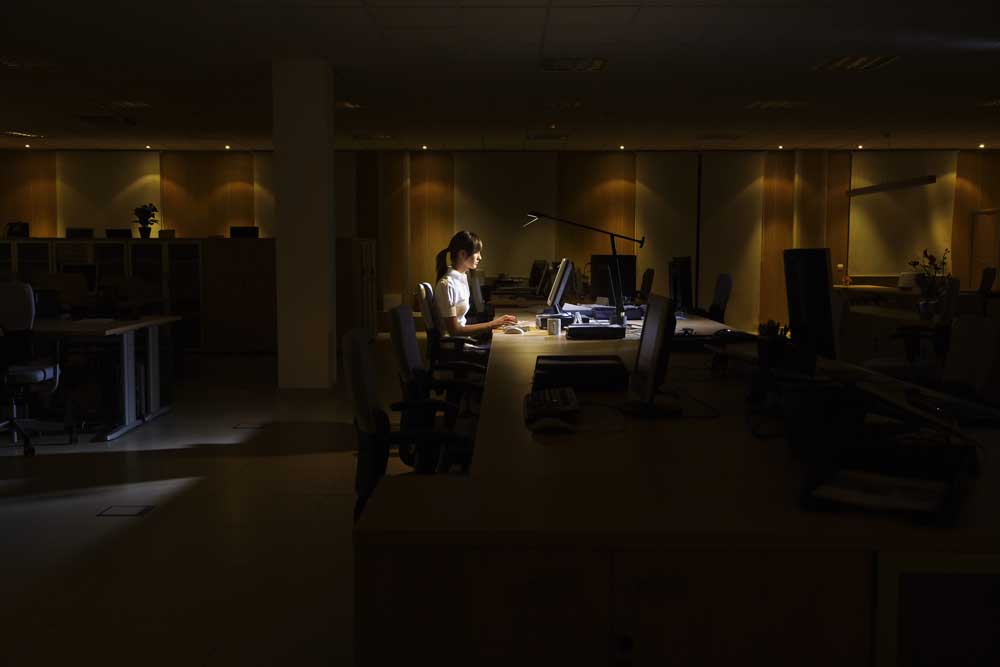Most parents don’t feel super great after yelling at their kids. In fact, no matter how justified the outburst seemed at the moment, it’s more than likely that both the parent and the kid are left feeling terrible afterward. Research is beginning to indicate that...

After School Connection: Let’s Find A Better Option Than “How Was Your Day”
You’re with your kids at the end of the day and you want to connect with them, hear about their day, and be a resource for anything they’re struggling with. For most people, the question that slips out almost automatically is “how was your day?”. What comes next is usually some mixture of “fine” or a general shoulder shrug, then silence. Your kid is feeling unsure of how to proceed or what to say, and you’re left feeling frustrated that your connection attempt hasn’t worked. Here are some options to replace that age-old question. See which ones your kid responds to, and get ready for some authentic, connective conversation!
What made you laugh today?
Did you feel (nervous, angry, sad, etc.) at any point today?
Did you help anyone today? Did anyone help you?
How did you feel loved today?
What interesting questions did you ask today?
What does your body need for the rest of the day?
What do you wish people at school knew about you?
Can you tell me about an adult at school you like (or don’t like)?
Is there anyone at school you want to get to know better?
What do you hope happens tomorrow?
While there’s nothing inherently wrong with the question “how was your day?” it can be overwhelming and some kids struggle to know where to start because of how general it is. More specific questions give them a starting place, and if you can tailor them to something specific you know about their day (ex: an assignment they were worried about, a lunch item they were excited to try, a friend they hoped to play with), those small details signal to your child how important you think their experiences are.
Pick one or a few questions each day, but try not to make it feel like a pop quiz. Some kids respond well to knowing exactly what questions are coming, and others like the novelty of new ones, so experiment with switching between these two options. Timing and delivery can also be important here; imagine you came home from work and the second you opened the door, someone was requiring you to recount the details of your day. Sound stressful or overwhelming? We often do that to kids when they get off the bus or slide into the car. Try a warm greeting to let them know you’re excited to see them, but pause until they’re settled before you ask anything. Try the phrasing “I was thinking about you today and I wondered….” It’s a gentle lead-in but also clues them in that you thought their day was important enough that you thought of it while they were gone.
If you’re still not getting much engagement, don’t be discouraged. You can always flip the roles and model for them by telling them about your day instead. Remember, the goal here is not to get your child to talk to you, it’s to connect with them in a way that’s engaging and comfortable for them, and some days or for some kids, that can be as simple as silence while they decompress from the day or listening to their choice of music.





























